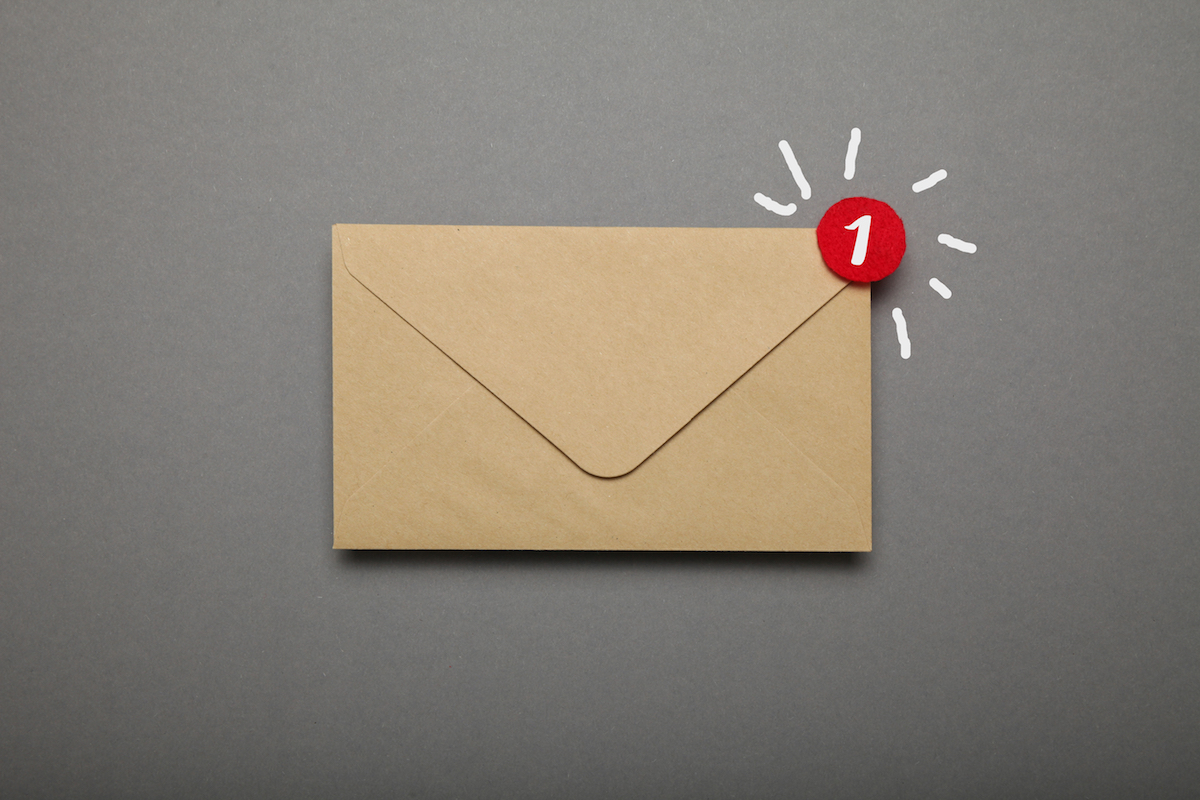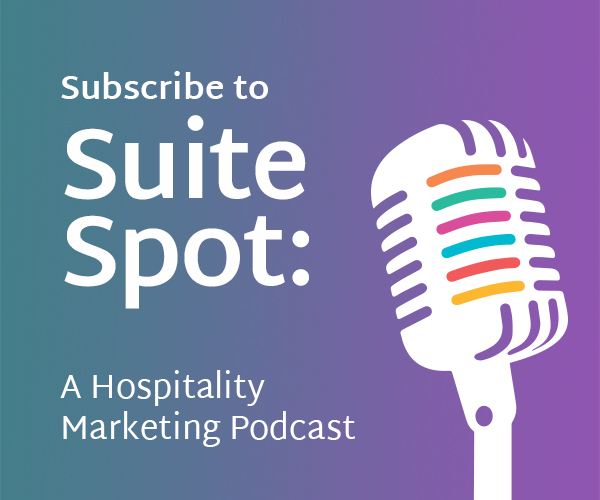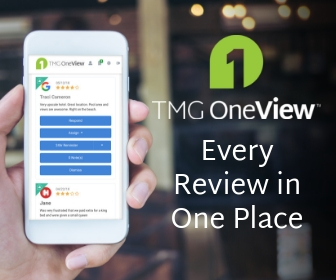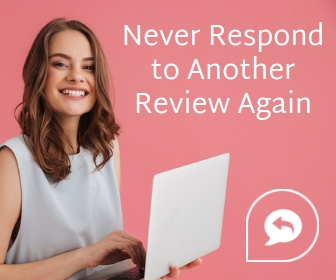Email Marketing Best Practices for Hotels: Email Deliverability

Last month, we shared the steps you need to take to get started with email marketing for your hotel. Now, we want to help you make your emails even better. We’re going to help you get your emails into inboxes, earn opens and lead to clicks and conversions. In this post, we’re going to explain how to manage email deliverability to make sure your lists are seeing your emails.
What is Email Deliverability?
The first step to getting emails to pay off for you is to make sure they’re getting into inboxes. As email providers try to improve efficiency for their customers, email marketers have to contend with advanced spam filters and automatic promo filtering. That’s where email deliverability comes in.
Email deliverability refers to the likelihood that your email will make it to an inbox. Deliverability is measured in your email program as a delivery rate. A delivery rate of 98% means that 98% of the people on your list had the email arrive in their inbox. The other 2% were not delivered, such as because the email bounced or the receiver’s email client marked your email as spam.
Email deliverability depends on a number of variables that change based on the IP that you email from, the email provider the receiver uses, the contents of your email, and how the receiver interacts with emails.
Trust and Email Marketing
Email deliverability isn’t always mandated by hard and fast rules. While almost every email tip sheet will tell you to never use all-caps or common spam words like “free” in the subject line, there are trusted senders who still make it into inboxes while breaking all the rules:

How do Ulta and other brands make it into inbox while using spam trigger words? They’ve built trust with the email filters through authority and user engagement. Here are a few simple ways to improve deliverability and avoid the Spam folder:
1. Send from a verified domain
When you send an email blast, you’ll set a “from” email. Set up a dedicated email address at your hotel’s domain (such as news@hotelname.com instead of hotelname@yahoo.com). This shows web filters that you’re a legitimate business representing who you say you are.
Why this matters for hotels: Because your potential guest will be providing their credit card information to your website to book, they want to be confident that the email they received is from you and that the website you’re linking to is trustworthy.

2. Use a double opt-in method
In short, double opt-in means that you’re confirming that the person wants to receive an email. While you may get fewer overall subscribers, the ones you get will want to get your emails. Usually, this means that a person has to opt in using more than one method – a checkbox or form fill followed by an email confirmation.
Why this matters for hotels: If you automatically add guests to a list when they make a reservation, then the next day you could send a second email asking them to click a button confirming that they actually wanted to be on this email list.
3. Don’t email unengaged contacts

Just like with double opt-ins, opting out people who aren’t interacting with your emails is a great way to increase deliverability. By removing people who aren’t opening or reading your emails, your click-through rate will be higher – making email filtering programs see you as sending relevant emails. Consider opting out subscribers who haven’t opened an email in 6 or 12 months, or send an “opt-in” email again to make sure they want to hear from you.
Why this matters for hotels: Your list will have a higher “churn rate” than retail businesses who will get more return business. You may have subscribers who stayed at your hotel and don’t plan on returning to your city or subscribers who used their work email address to book and no longer work for that company. You’ll make your lists stronger by keeping them clean.
4. Make it easy to unsubscribe

If one of your contacts doesn’t want to receive your emails, it’s in your best interest to help them unsubscribe. If a person can’t easily find your unsubscribe button, they’ll use their email’s spam complaint function, tarnishing your reputation. Don’t force people to keep getting emails they don’t need.
Why this matters for hotels: When planning a trip, potential guests could be signing up with multiple hotels while trying to find the best deal and don’t actually want to be on your list past finding a discount. Let them go!
As you can see, a lot of the best practices for email deliverability mean you’ll actually be sending out fewer emails – after all, you’re making it a little more difficult for people to get your emails while helping your list unsubscribe! But, it’s vital to your email strategy that email providers and filtering systems trust your domain and you as an emailer. Otherwise, subscribers may not even see your email – let alone open and act.
Do you have any questions about getting your hotel’s email marketing off the ground? Leave us a comment and we’ll be happy to help. And if you want to learn more about marketing your hotel, then be sure to sign up for the Travel Media Group email list.





0 Comments